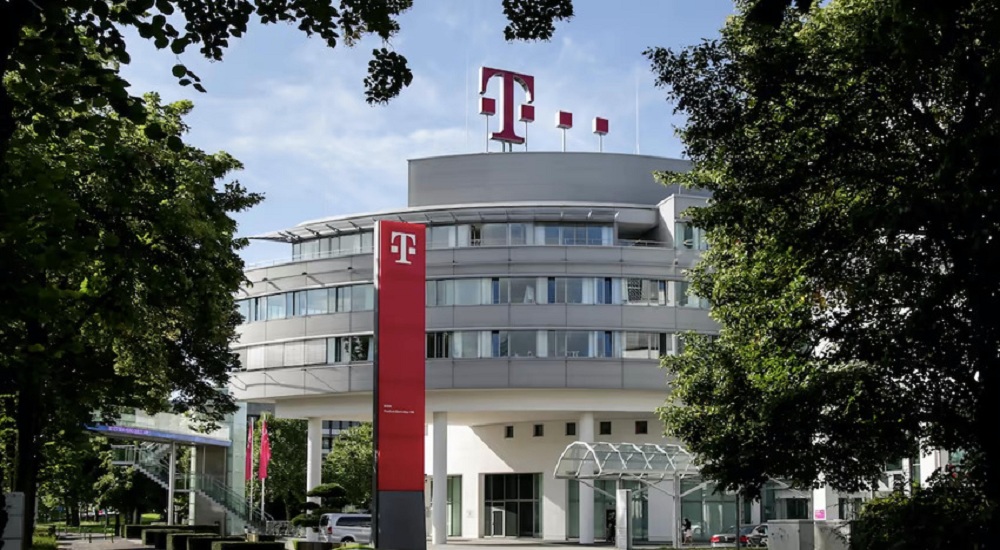German operator Deutsche Telekom (DT) is promoting rural telecom services by deploying a low band 5G network. To be specific, the telco is using 10 MHz of frequency in the 700 MHz band for its standalone 5G network.
The operator received the low-band spectrum in an auction in 2015. However, the company had to wait till the first half of 2020 to start its deployment.
5G operates in three bands – high band (mmWave), mid-band, and low-band. The higher the band, the better performance but offers the lowest coverage. That is why; a low band remains a good option to offer respectable performance and wide coverage. DT has thus, used low band 5G to cater to people the latest generation of mobile communications over large rural areas.
So far DT has deployed 3,000 antennas at 1,100 locations. They are all using 700 MHz frequency bands for it. The company says that the 5G in 700 MHz can reach 3 to 6 miles in coverage. Although the real-world coverage can be affected by geography, the low band does offer more penetration capacity than higher bands. So, subscribers can get the 5G broadband connection at nooks and corners otherwise not possible with higher bands.
Do read: Probable 5G Frequency Bands (Spectrum) in Nepal
DT connects 92 percent German population by 5G
DT uses a combination of bands to offer 5G depending on needs and geography. The operator has deployed Stand Alone (SA) network in its 2.1 GHz and 3.6 GHz frequency and boasts over 67,000 5G antennas in its network. In its mid-band 5G (3.6 GHz), it has established connections in over 400 cities and towns. The company says it has already connected over 92 percent of the German population with its 5G service.
It is not difficult to find devices that would support low-band 5G as it seems to be more in use than the high-band networks. The company says devices like Samsung Galaxy S22 and handsets from Xiaomi, OPPO, etc. are compatible with its low-band 5G frequency.
Many countries have also used a low-band spectrum to widen 5G service. Vodafone Spain uses 700 MHz for 5G deployment. Likewise, US telcos T-Mobile uses 600 MHz mostly for low-band 5G deployment.
Also read: India Inaugurates First 5G Testbed, First 5G Call Made
Lower band 5G offers both coverage and capacity
But due to the unflattering low coverage, not many states and operators have prioritized mmWave 5G. The mid and low bands deployment has been though flourished in many parts of the world. Especially, mid-band has become the sweet spot for operators to offer the best coverage and justify the speed of 5G.
In the US, operators have mostly used low band 5G has helped the country reach a wider penetration. Just a few months ago though, telcos have accelerated mid-band 5G. Verizon and AT&T have begun deploying C-band (3.7 – 4 GHz) 5G for better speed and coverage.
Using lower bands offers optimal coverage and capacity both for users. For rural areas, it can be more ideal. The high-speed better coverage can help with telehealth, e-learning, and much more. Moreover, countries like Nepal can utilize the low-band 5G to reduce the digital divide and promote digital inclusion.
Likewise, Nepali telco Nepal Telecom (NTC) has received the mid-band 2600 MHz frequency for 5G trials. The company will use 2500 MHz – 2560 MHz a total of 60 MHz for the trails. If all goes as planned, the operator could launch the fifth-generation network later this year. While NTA is likely to open up 5G Spectrum soon.
Are you eager to test the high-speed low latency broadband experience of 5G when it finally launches in Nepal or are you modestly waiting for it? Do share your impression of 5G in the comments below.













